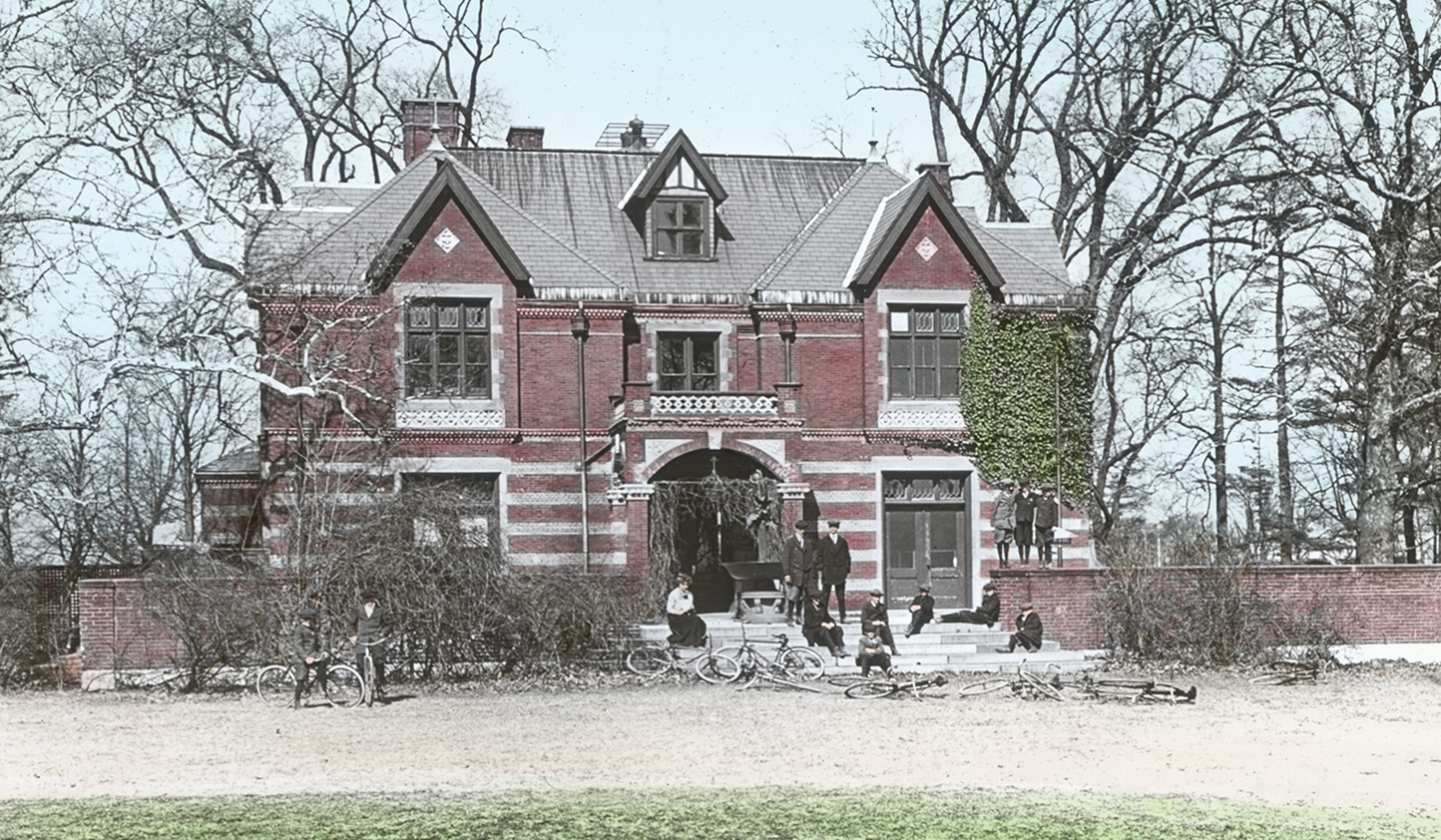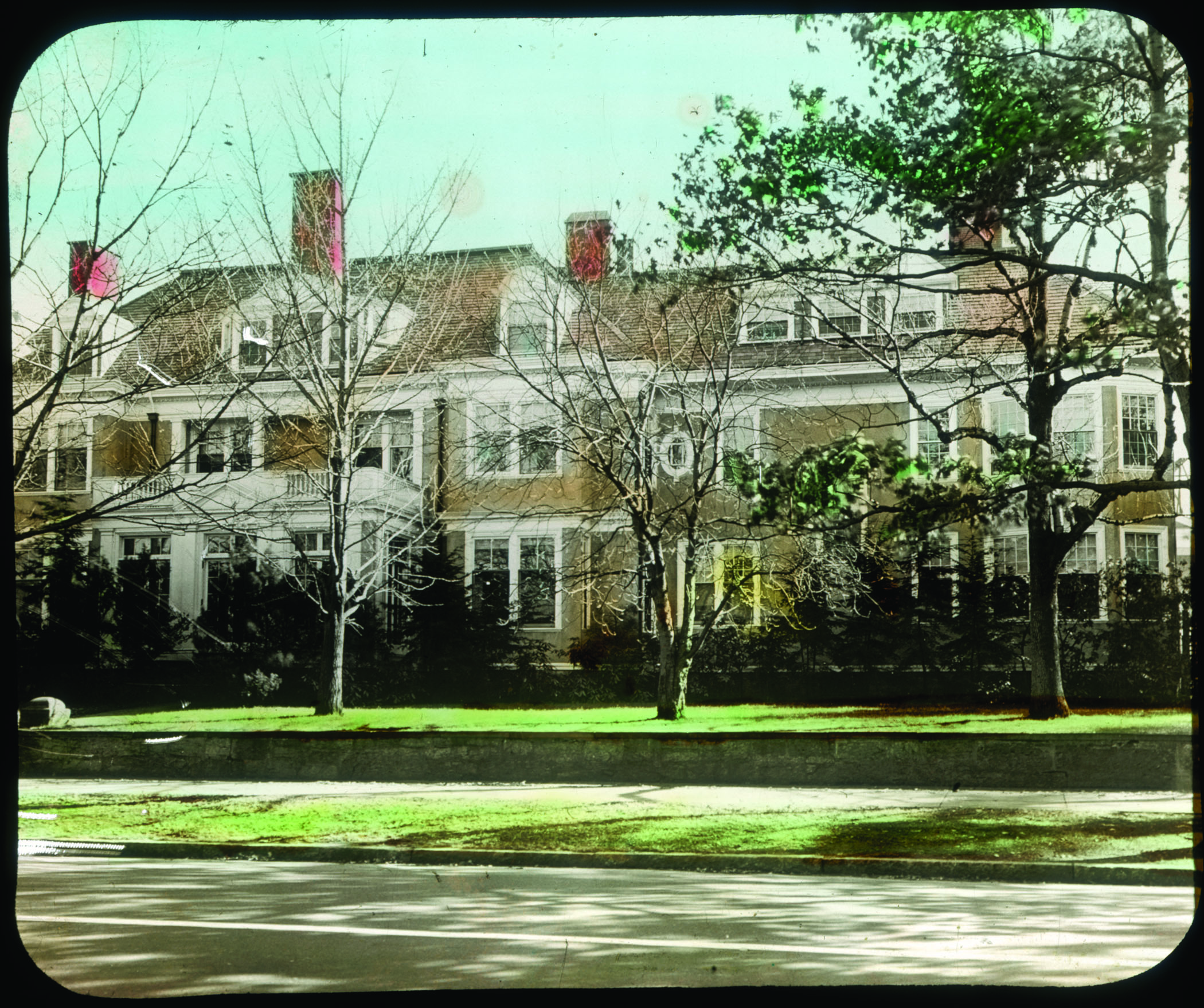110 Years — Millions of Children

Over the past 100 years, Boston Children's Museum has grown from a museum rooted in a single neighborhood to an urban museum serving the entire city of Boston and beyond. In 1913,
with the support of the Boston Parks Department and, eventually, Mayor Curley, the Museum's founders made Pine Bank, a stately residence next to Jamaica Pond, its first home.

By 1930, the Museum was serving over 150,000 children annually. In 1936, needing more space, Curator Mildred Manter (Jackson) and the Board, with the help of many generous friends,
purchased a 28-room mansion near Pine Bank. The 60 Burroughs Street location offered expanded exhibition space with new, brightly lit cases and a theater, making it possible to serve as
many as 200,000 visitors a year by 1941.

In the early 1960s, Boston Children's Museum director Michael Spock started to experiment with a more child-centered model of visitor engagement that required open spaces. In pursuit
of that goal, the Museum opened an expanded Visitor Center that could host hands-on exhibitions, such as The Giant's Desktop and Grandmother's Attic. The new Resource Center,
stocked with materials and kits, offered vital services to educators.

In 1975, the Museum began its most dramatic move, to Fort Point Channel. Boston Children's Museum partnered with the Museum of Transportation to purchase, renovate, and move into a
90-year-old wool warehouse. At the time, the Fort Point Channel area was on the cusp of transition, with artists moving in and creating studios in its factories and warehouses. In 1977,
Boston Children's Museum purchased the Sankey Milk Bottle and moved it to Museum Wharf. It quickly became a Boston icon, signaling the playful possibilities of the new museum and
neighborhood.
In its new home, Boston Children's Museum not only doubled in size but also became more accessible by public transportation, allowing it to better serve Boston's diverse
population. The Museum transformed from a neighborhood museum to a major cultural organization for the entire city. The new building could hold spectacular exhibitions, like a two-story
Japanese silk merchant's house and a Victorian house. In the first year, attendance approached half a million.

In 2007, the museum expanded again, this time building a 23,000-square-foot glass-and-steel addition, new exhibit and public spaces, and a landscaped waterfront park. The Museum became
Boston's first “green” museum, earning LEED Gold certification for the new construction.
In 2023, the Museum continues its tradition of reinventing and adapting to meet the needs of the children and families of Greater Boston and beyond. The Museum's appeal based on
active, hands-on, creative play is as strong as ever.





